On June 11, 2007, the Board received a complaint from an individual living near Port Alberni asserting that a woodlot licensee, his neighbour, needlessly built a new logging road instead of using an existing roadway (the Log Train Trail or LTT), damaging forest values in the process.
The Board found that the woodlot licensee had adequately considered using the LTT for its access road, but other considerations such as long term management of the woodlot and recreational use of the trail made it preferable to propose the new road.
The Toquaht Nation filed a complaint to the Board about the approval of an amendment to the BC Timber Sales 2001/2006 Forest Development Plan. The Toquaht Nation asserts that the approval was unreasonable, as the government failed to adequately consult with and accommodate the Toquaht Nation, and the approval did not follow ministry policy and guidelines respecting First Nations’ interests.
The Carmanah Forestry Society filed a complaint about approval of timber harvesting on several woodlots in the coastal Douglas-fir ecosystem of Vancouver Island, within the South Island Forest District. The complainant is concerned that timber harvesting on woodlots is occurring without identification and ecological assessment of endangered plant communities, putting those communities at risk.
Related Links
1,598 Hectares of Coastal Douglas-Fir to be Protected (MFR News Release)
This investigation began with a complaint, from the Carmanah Forestry Society, about the approval of an amendment to the BC Timber Sales Program’s 2000-2004 forest development plan, located on the east coast of Vancouver Island in the South Island Forest District. The complainant asserted that the district manager did not adequately consider information about “red-listed” (endangered or threatened) plant species and their occurrences in younger forests located in the proposed logging area. The complainant was concerned that continued timber harvesting will eliminate all such plants in the area.
Landslides are a common natural process in a mountainous province like British Columbia. Common features of the landscape are steep slopes, gullies, incised streams and shallow soils, which are conducive to landslides. Most of BC’s mountainous areas also experience high seasonal precipitation and periods of intense rainfall. Landslides are, consequently, a common natural process. Natural landslides are an important forest disturbance agent, particularly in coastal areas. Landslides in forests create gaps and tree diversity as well as contributing significant amounts of gravel and large woody debris to streams, which are important attributes of fish habitat.
The objectives of this study are to report on:
